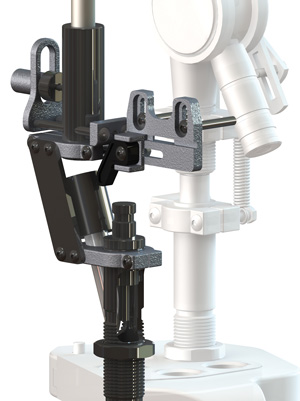 Handloading has taken on a life of its own. In our modern world we now have more and better factory ammunition available to the shooter than ever before; at the same time more shooters are turning to making their own ammunition than any other time since World War II.
Handloading has taken on a life of its own. In our modern world we now have more and better factory ammunition available to the shooter than ever before; at the same time more shooters are turning to making their own ammunition than any other time since World War II.
The reasons are many; economics, personal satisfaction and performance are the big three. I started handloading in 1970 as a way to cheaply shoot more and it grew from there to a pursuit of better performance in my own guns. As time passed I picked up rifles that were chambered for cartridges that no longer were manufactured, breathing life into some fine old guns that without handloading would have never seen the field again. I suspect many of you reading this have similar stories.
The pace of technology has picked up to the point where it is almost impossible to keep up with the innovations in ammunition and components. Take bullets for example: when I started handloading there were (not counting cast lead slugs or products from ammunition companies that offered a limited number of their bullets for sale) four major manufacturers of component bullets in this country and a handful of small, private bullet makers.
The bullet choices before the shooter in those days boiled down to 1) spitzer; 2) round nose; 3) partition and 4) varmint and the handloader had to “make do” with what was available. In a classic example of demand driving supply, we now have a vast array of component bullets, whose technological advances have given us velocity-specific projectiles for an array of shooting from precision target and varmint applications to game of all sizes.
Lead, long the core material of choice for bullets, has now been challenged by other alloys or combinations of alloys to give us a nearly infinite choice in projectile types and applications. Instead of having, as we did in the old days, a “deer” bullet, we now have a choice of coated, boat tail, hollow point, solid copper, interlock, premium, fusion, bonded, hot core, high, medium and low velocity, polymer tipped, bronze tipped, silver tipped; the list goes on and on. Wonderfully confusing, I admit, but wonderful none the less.
The rebirth of short, fat cartridges and mega-capacity magnum chamberings has fed the fire. Powders are being used now in ammunition manufacture that can produce higher velocity and lower pressure than what we have assumed would always be the standard in cases of like capacity. In my experience the release to the public of these new powder innovations has been slow, not that our standby and well know powder types are inadequate, but I think we all would like to experiment with some of these new propellants that are making some factory ammunition “better than ever”.
We all have been worried about the prices of components and their availability; not too long ago we suffered through a shortage on primers, cases and powders of certain types and whether these shortages were real or manufactured remains to be seen. With the current political situation that began in November of 2008 many people that had before never dreamed of owning a firearm became gun owners and many shooters that had never considered handloading got into the program.
These are good things from my point of view; even with all the other insanity that has come out of Washington since the last presidential election I really don’t believe that those in power would now dare to make a serious effort to tear down our firearms rights, given the recent court decisions on the second amendment and the attention 100 million firearms owners could bring to political campaigns. However, vigilance is the key to freedom and we all need to keep an eye on the politicians, who seem to want to do stupid things when they get bored.
Little changes in manufacturing regulation can have big impacts on our pastime and thank heaven for the NRA, the NSSF, the GOA and other groups for keeping an eye on things in Washington. If you are into shooting and handloading then you need to get engaged in the political process; never in our history has our involvement been more important.

![Best Concealed Carry Guns In 2025 [Field Tested] Wilson Combat EDC X9S 1](https://gundigest.com/wp-content/uploads/Wilson-Combat-EDC-X9S-1-324x160.jpg)


![Best 9mm Carbine: Affordable PCCs [Tested] Ruger Carbine Shooting](https://gundigest.com/wp-content/uploads/Ruger-Carbine-Shooting-100x70.jpg)
![Best AR-15: Top Options Available Today [Field Tested] Harrington and Richardson PSA XM177E2 feature](https://gundigest.com/wp-content/uploads/Harrington-and-Richardson-PSA-XM177E2-feature-100x70.jpg)

Very good and positive article, but I am disappointed at the omission of Lee being mentioned for reloading equipment on page 3. I have been reloading for over 25 years and have tried every brand of product available. In my opinion, Lee’s dies are far superior to most others out there and their bullet molds and casting equipment is also as good or better than other brands costing 2-4 times as much money. Lee should have been given equal billing with the other equipment makers.